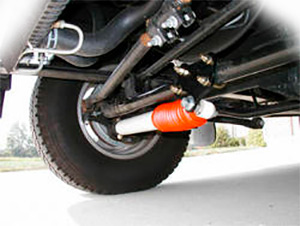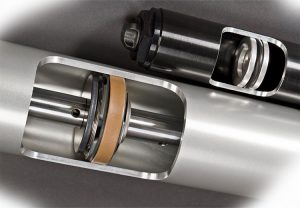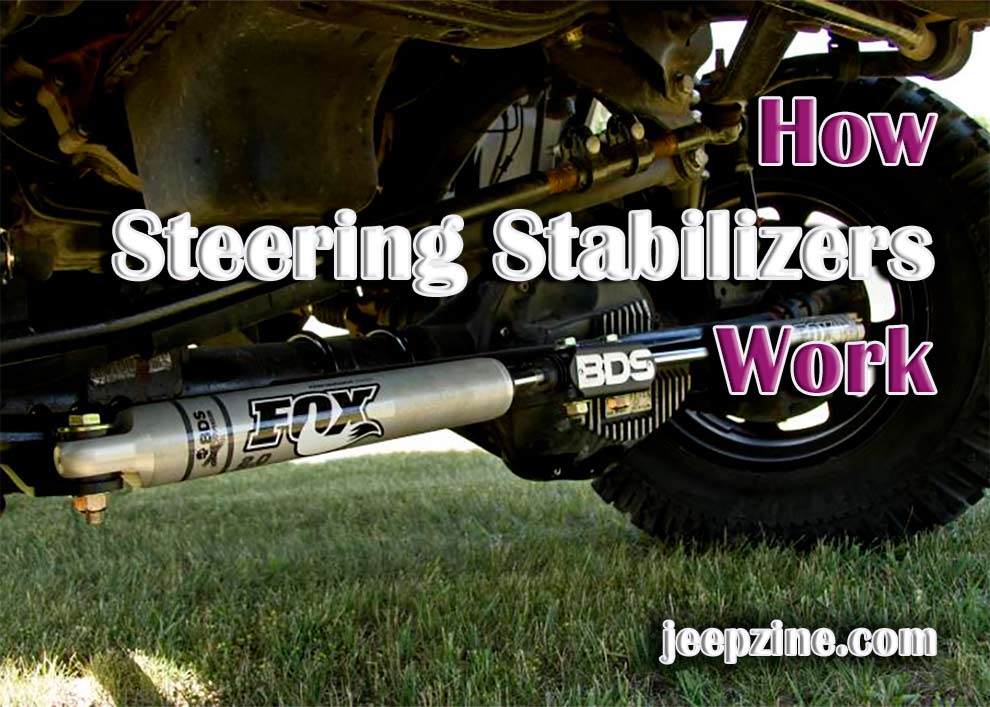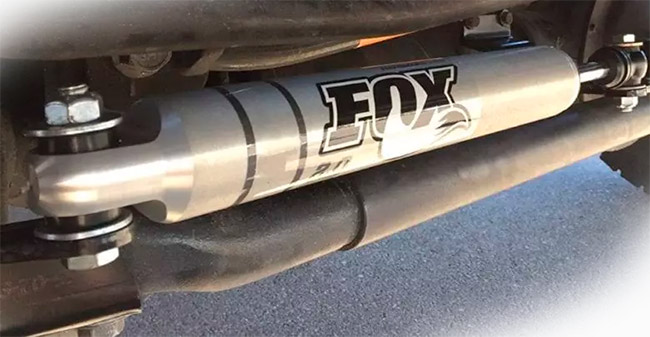Just like the name suggests, a steering stabilizer (AKA dampener) has only one job: to stabilize your vehicle. If you really like the wilderness and conquering rough terrain, your truck’s or SUV’s factory stabilization system might not cut it. In contrast, aftermarket gear will greatly improve the ride quality and give you more control over the road. That’s pretty much what a steering stabilizer does. Essentially, it’s an advanced suspension.
Join me, and let’s talk about it in more detail. We’ll figure out how stabilizers work, how to pick the right one for your vehicle, and what off-roading treats they have. With the best steering stabilizer for Jeep, you’ll feel in total control, no matter how challenging the trail may be. It will greatly reduce the feedback, increase the grip with the road, and do so much more!
How do they Work?

But a decent-quality stabilizer does a tremendous job of reducing it and smoothing out all the bumps on the road. On top of that, stabilizers prevent damage to the wheels, the axles, and the brakes. If you’ve got an aftermarket set of tires (that are bigger than the stock ones), without a dampener, it will be almost impossible to control the vehicle.
Why should you buy one?
Let me put it to you this way: a regular driver that only sticks to “civilized” roads and pathways won’t benefit much from an aftermarket stabilizer. Most cars have good enough systems to handle highways and city streets. The same can’t be said about uncharted trails. There are too many ups and downs, and without proper control of the shocks, you’ll end up damaging your steel friend, and that’ll cost you a pretty penny.
I know what I’m talking about: when I was just getting into off-roading and bought a brand-new Steering Stabilizer for Jeep Wrangler, I was amazed by how big of a difference it made. As for a faulty stabilizer (say, if it’s worn out or starting to leak), it will need a replacement even if you’re not interested in conquering the wild-lands. With no dampener absorbing all the shocks, it will feel like you’re driving on the rockiest road ever!
What to Look for in a Stabilizer?
Alright, that’s all I wanted to tell you about the concept of a steering stabilizer. Now, let’s go over the most important factors to consider when buying a new stabilizer. The good news is – the market has literally hundreds of different dampeners available. So, there won’t ever be a lack of options. However, that also means there are a lot of average-at-best stabilizers that won’t improve anything for your vehicle. Ready to learn more? Let’s get right to it!
The Price
The #1 thing to remember when looking at the price is to not go cheap. Even if you’re on a tight budget, don’t fall to the temptation of buying a dampener that’s suspiciously cheap. Check the market average – that will give you some understanding of what the price-range on decent gear will be.
Right now, high-quality stabilizers are available for 100-150 US dollars. But that’s the major league. Something in the 50-100$ range will also be a decent purchase. The brand matters as well, of course. Basically, anything from Bilstein, Rough Country, or TeraFlex will be a good place to start.
Build Quality

So, if you need a new Steering Stabilizer for Jeep JK and JKU, make sure you’re 100% happy with it, and don’t be afraid to pay a bit extra for premium quality.
Single or Dual?
Last, but not least, you’ll have to make a choice between single and dual stabilizers. Here’s what you need to know: single stabilizers are significantly cheaper and they’re great for relatively small tires (like 32-33 inches, or even smaller). For a bigger set (35”, 37”, or higher), a dual stabilizer will be a much better investment. That’s pretty much it!



Add Comment